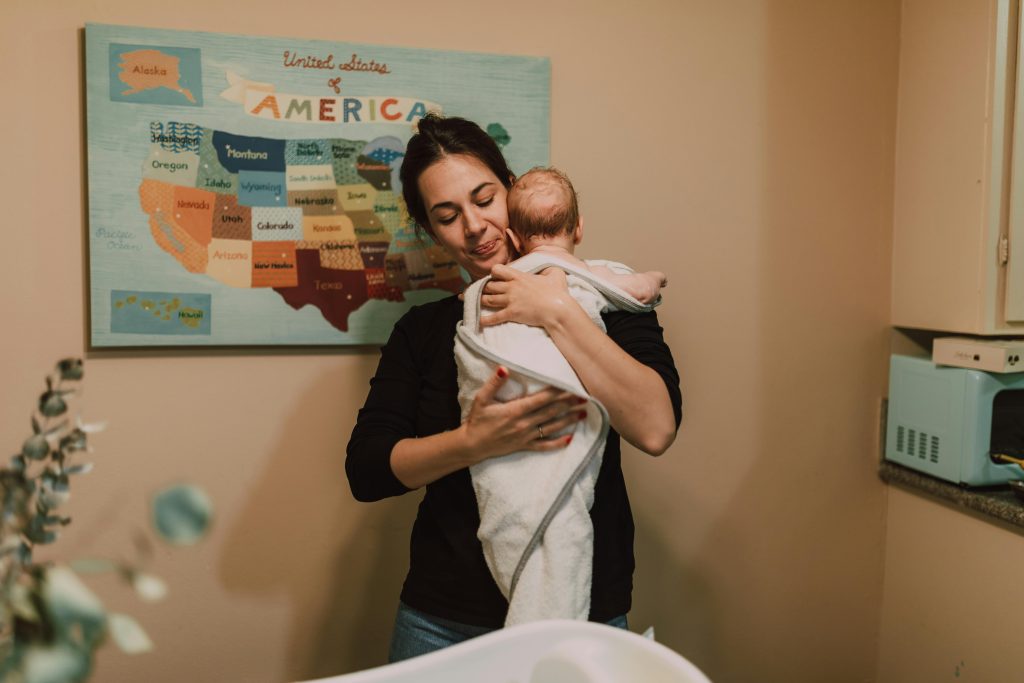Choosing the right infant care environment is a decision that requires thoughtful consideration. Parents naturally seek a place where their children are safe, nurtured, and encouraged to develop in healthy and meaningful ways. While flashy facilities and advanced toys may catch the eye, true quality in infant care lies in subtle but vital details that reflect attentive caregiving and a commitment to each child’s well-being.
Providing a Secure and Supervised Space
One of the most essential features of any infant care setting is the presence of consistent supervision. Infants require constant monitoring, not only for safety but also for support in their day-to-day routines. A well-staffed center ensures that each child receives the individual attention they need.
Supervision includes not just physical presence, but engaged observation—caregivers who notice developmental cues, respond promptly to distress, and interact with infants in developmentally appropriate ways. A safe environment also includes age-appropriate furnishings, covered outlets, secure storage for hazardous materials, and established emergency procedures.
Fostering Positive Caregiver-Infant Interactions
Infant care should never feel impersonal. At the heart of a nurturing environment are the caregivers themselves. The tone and quality of interaction between caregivers and infants provide a window into the emotional climate of the center. Watchful, affectionate, and respectful responses to infant cues suggest a deep understanding of early childhood development.
Caregivers who maintain eye contact, use gentle speech, and offer comforting gestures help create an environment where infants feel seen and soothed. A place like Children First Inc. emphasizes relationships that foster trust and emotional security, reflecting these core values in daily practice.
Maintaining Cleanliness and Healthy Habits
Cleanliness is not just about appearances—it plays a major role in safeguarding infants’ health. High-quality infant care environments establish routines for sanitizing toys, changing diapers, and maintaining personal hygiene among both children and staff. Food preparation areas are separated from diapering stations, and handwashing is frequent and routine. These habits prevent illness and create a space where parents can feel confident their child is protected from common health risks.
Promoting Predictable Routines and Comfort
Infants thrive in environments that offer consistent daily routines. This doesn’t mean rigid schedules, but rather a general structure that helps children anticipate what comes next.
Predictable transitions between activities, quiet spaces for naps, and comforting rituals during feeding or changing can all contribute to an infant’s sense of security.
A nurturing environment respects each child’s unique rhythms and adapts within that structure, acknowledging the individuality of care needed at such a young stage.
Encouraging Development in Gentle and Intentional Ways
Safe environments are not only physically secure but also intellectually and emotionally supportive. Simple activities like music, storytime, sensory play, and outdoor exploration stimulate growth without overwhelming young children. Caregivers trained to support development will offer appropriate challenges, engage in conversation—even if one-sided—and provide encouragement through every small milestone. Environments that value early learning offer infants a strong foundation for future growth.
In conclusion, the signs of a safe and nurturing infant care environment go beyond visual appeal or brand name. They are reflected in human connection, attention to detail, and a philosophy of care that centers the child’s wellbeing. Families who partner with childcare institutions often find that the most meaningful aspects of care are those that foster trust, comfort, and connection.


